The 21 restored California Missions are part of the state’s history but also wonderful family-friendly attractions that often don’t get enough credit. They are now parishes, museum complexes and a popular place to visit for California’s fourth graders learning state history. I’m lucky to live near one. Mission San Luis Rey de Francia, also known as Old Mission San Luis Rey or the Kign of the California Missions is a gem.
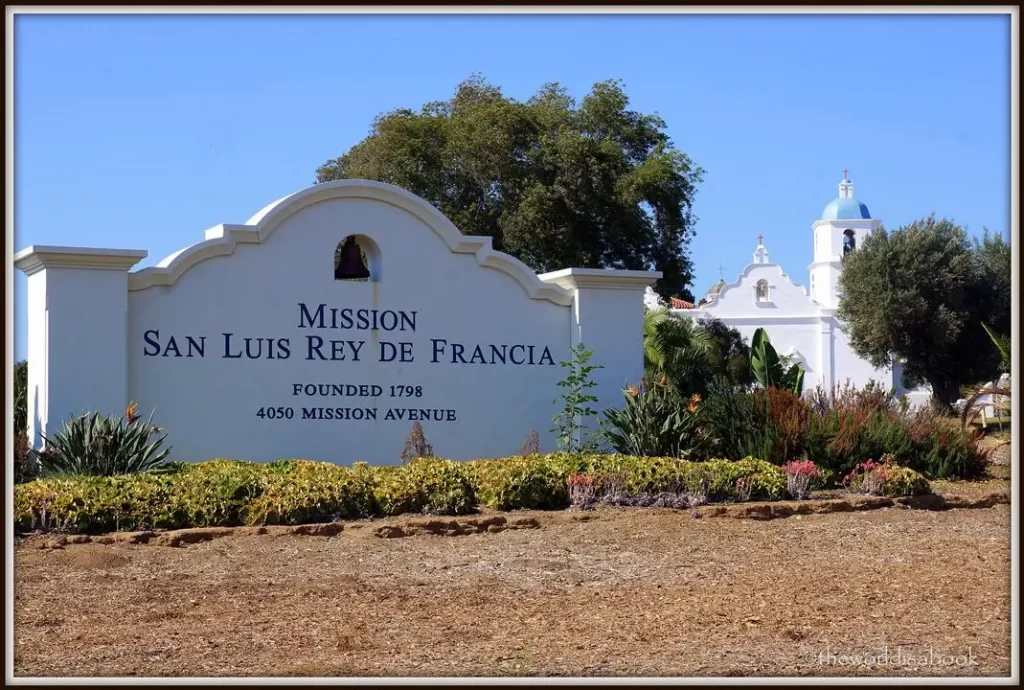
Mission San Luis Rey is located in the suburbs of north San Diego in Oceanside. Residential homes and shopping centers surround the mission. While its location may be deceiving, it’s very much worth visiting the King of the Missions.
History of Mission San Luis Rey
The Franciscans, who founded the missions, named Mission San Luis Rey de Francia after St. Louis IX, King of France, a patron saint. Padre Fermin Francisco de Lasuen founded the mission in 1798.
It has a long varied history that started with the Luiseno Indians. Spain established these missions in California to claim the lands.
They sent in priests and soldiers to “colonize” the Indians by teaching them new skills and eventually converting them to Catholics and become citizens of Spain. One of main purposes of these missions was for the Spaniards to convert the local Native Americans into Christianity.
There were about 3,000 Indians in Mission San Luis Rey with over 50,000 livestock at one time. The founders learned their lessons and were more self-sustaining since this was the 18th of the 21 missions established.
It became the biggest and most successful of the California Missions earning its nickname. The church lost control of the mission in the 1830s instead of handing it over to the Indians as promised. The Catholic Church regained possession of the mission when California became a state in 1850.
The American military used the mission in the mid-1800s as a base. They left the mission to the elements and was abandoned until 1892. The Franciscan priests rebuilt and repaired the mission and completed it in 1912.
Restoring and preserving the mission is an ongoing process up to today. We constantly see some areas roped off or dug up every time we visit. Who knows what else they’ll uncover?
The Historic Church of Mission San Luis Rey
The gem of Old Mission San Luis Rey is its historic church which is a National Historic Landmark. The Spanish colonial, cross-shaped church was completed in 1815. The construction largely used adobe, wooden timbers, and fired clay bricks.
Though, I’ve only attended mass here on several occasions since they hold regular Sunday services at a much bigger and more modern center nearby. I’ve always felt a sense of wonder every time I’ve sat in here of the amazing things they were able to accomplish with this church.
It’s a little bit dark and gets quite hot but gives one a sense of the Spaniards and Indians’ experiences when they attended mass here centuries ago. Nowadays, residents mainly use the church for weddings, funerals, and some masses.
The Historic Church Interior
Upon entering the church, the altar initially catches one’s eye. They call the large wooden background a “reredo”. St. Michael and St Raphael flanked the statue of San Luis Rey. The Franciscans brought the central crucifix from Mexico in the 1800s.
This is the largest of the 21 California Missions and considered the most unique especially with its wooden dome and cupola located near the altar. There are 144 glass panes in the cupola.
The mission has done a great job preserving the architecture and beauty of this church. It is amazing to see it in person.
Further, the decorative designs weren’t just on the ceiling but all over the walls. The original drawings featured Spanish and Native American designs and symbols, but people have repainted them over the years.
Experts and many people recognize the church at San Luis Rey as one of the most unique and beautiful in the mission chain. It has two side altars and the Madonna Chapel which originally served as a mortuary chapel.
This octagonal room now houses a statue of the Immaculate Conception. The two side altars now function as devotional areas.
The wooden pulpit where the priests said their sermons still stands as well as the choir loft by the entrance.
They used this hand-hammered copper font below to baptize many of the Indians into Christianity.
Mission San Luis Rey Church Museum
One of my favorite parts of the mission is this walkway with its rustic ceiling that houses the museum and gift shop next to the church. Though, it’s even more photogenic when the bougainvilleas are in full bloom by the arches.
The mission’s museum has some great exhibits that include various artifacts from the Native Americans and Spaniards. It was also interesting to see the Luiseno Indians culture as well as items that once belonged to the Franciscan missionaries including the grey habits they wore at that time.
Like the other mission museums, it showed what some of the rooms looked like back then behind glass windows. This was the Friar’s bedroom which was very simple with very few belongings.
It shows how much the padres gave up to make the missions work. That bed really looked uncomfortable.
I always find the mission kitchens interesting to see. Despite the plastic fruit and vegetable displays, I can imagine all the delicious and fresh food that people cooked here.
It was hard to put into perspective how the original mission looked but this model helped a lot. This model showed the church and the quadrangle where the Spaniards and Indians worked, lived and played. There were originally 32 arches in the front of the mission.
Outdoor Areas of Mission San Luis Rey
The outdoor areas of the mission were every bit as historic as the church and museum. Buildings, workshops and living quarters once surrounded the quadrangle. Its foundations are now a retreat center with peaceful gardens.
Like many other missions, there is a fountain in the courtyard. It’s a great spot for pictures and popular with the kids and birds.
You can still see an original arch here that allowed carriage traffic into the quadrangle, along with the view of California’s oldest pepper tree. A sailor from Peru brought seeds and planted the tree here in 1830.
People used the tree to treat various wounds and infections. Unfortunately, they usually close it off to the public except for certain times of the year.
An inner quadrangle with a sacred garden (which is also closed to the public) exists and houses the current friary. One of the priests told us there were 18 Franciscan priests in residence here.
An entrance to the cemetery is next to the church marked by a skull and crossbones. They used these symbols to indicate the entrances to Spanish cemeteries.
I’ve always loved seeing the cacti variety here. This arch lead to a trail covered in cacti and the kiln or outdoor brick oven.
The Sunken Gardens
This was one of the other major archways leading to the sunken gardens, bathing site and laundry area. The gates were intended to keep the animals out of this area and were once surrounded by an adobe wall.
These stairs from the arch led the residents to the lavanderia or open-air laundry and the tile and stone pools. Though, the ruins have also become a popular place for picture backgrounds. We’ve seen quite a few fellow residents use these stairs for their family and engagement portraits.
Can you imagine the level of activity around this area once used for bathing and washing clothes? I guess you can also call this the social hub of the mission. People used these structures to channel the water from the nearby river.
Water came out of the carved gargoyles’ mouths as a means to control water flow.
It is unfortunate that Mission San Luis Rey doesn’t usually show up in many tourist attraction listings for San Diego. The mission is a huge part of the community.
Its history, grounds, architecture and church among other things have earned its well-deserved place as a historic landmark. Please put it on your places to visit if you’re ever in Southern California.
Tips for Visiting Mission San Luis Rey de Francia
- Check the Mission San Luis Rey website for the calendar of events and updated admission prices.
- The outside grounds, lavanderia and historic church are free to visit.
- Group tours can be scheduled for 15 or more persons by calling the Museum 760.757.3651 x170 or email museum@sanluisrey.org. Cost is $12 per person.
- Almost every Saturday, there is also a special Behind-the-Scenes Tour that starts at 11 AM. The tours with lunch may also be arranged. For more information, call (760) 757-3651 x170.
- There are plenty of open spaces for kids to run around as well as picnic tables to enjoy the scenery.
- Private Retreats are available if you want some solitude and contemplation. Guests can use the time as they wish. Private Retreats are offered throughout the year based on availability. Reservations are required at least two days prior to arrival. Email for inquiries and reservations.
- When visiting with kids, be sure to get the student guide at the museum. It’s like a scavenger hunt type activity to engage the kids. Save the visit with the gargoyle for last.
Check out these other California Missions:
- Old Mission Santa Barbara
- Jewel in the Rough: Mission San Juan Capistrano
- Mission La Purisima: A Step Back in Time
FAQs about Mission San Luis Rey de Francia
*Have you visited Mission San Luis Rey or any of the California Missions?
The World Is A Book contains affiliate links and is a member of the Amazon Services LLC Associates Program. If you make a purchase using one of these Amazon links or any of the product links, we may receive compensation at no extra cost to you. See our Disclosure Policy for more information.
See these other activities around San Diego!
Pin it for later!
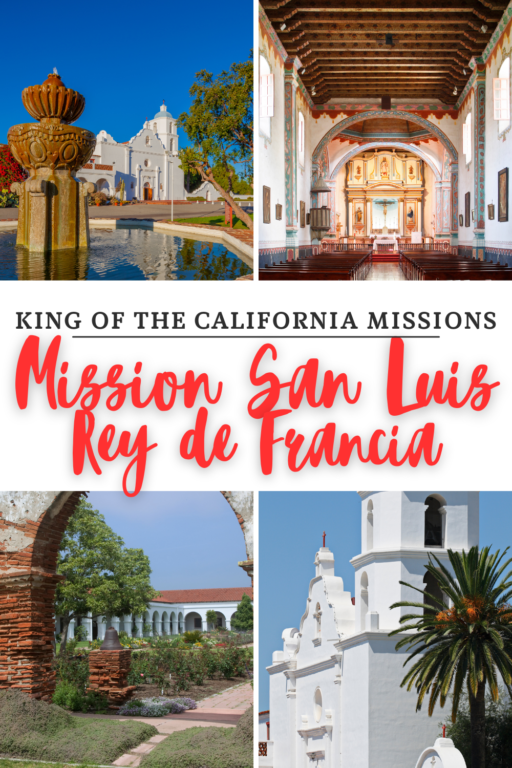

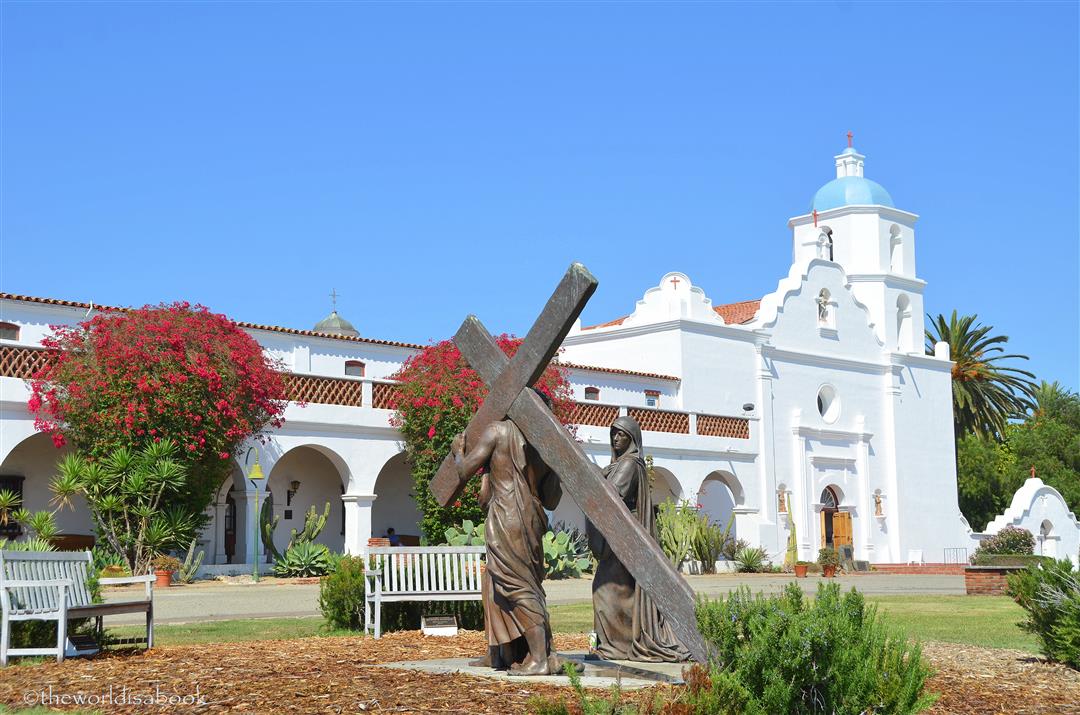
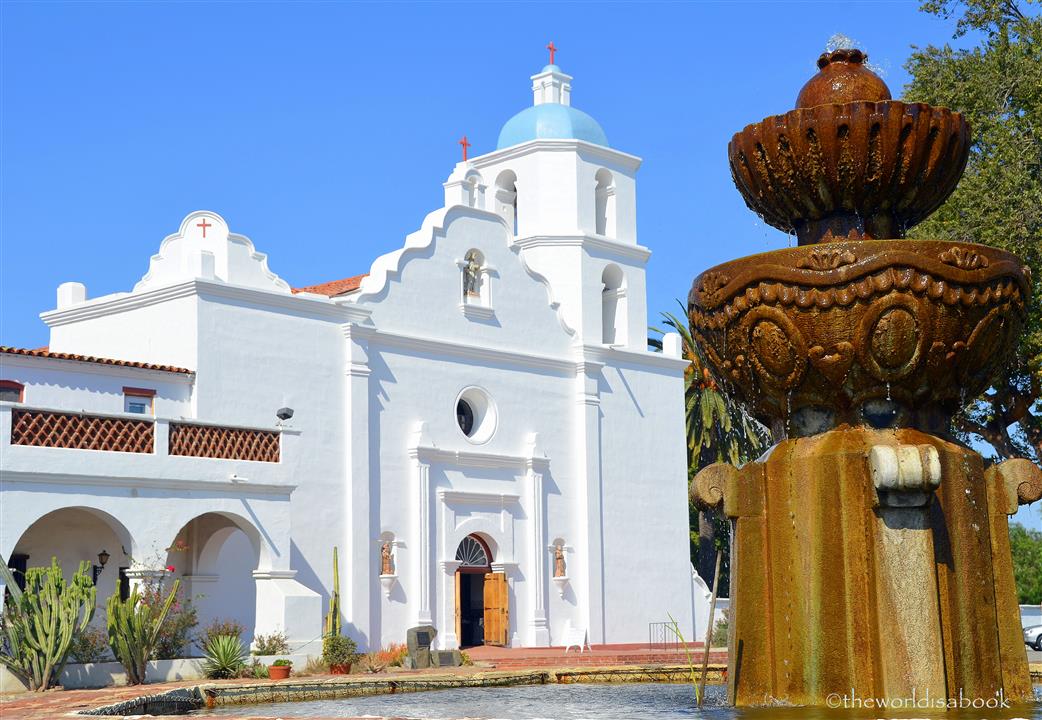

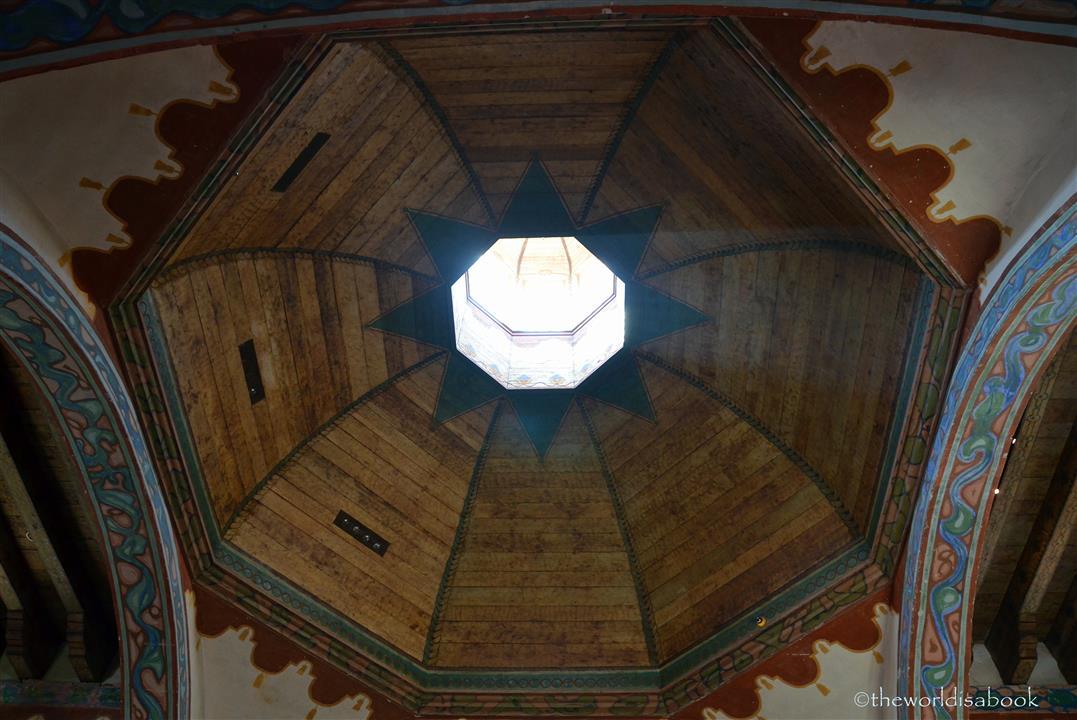
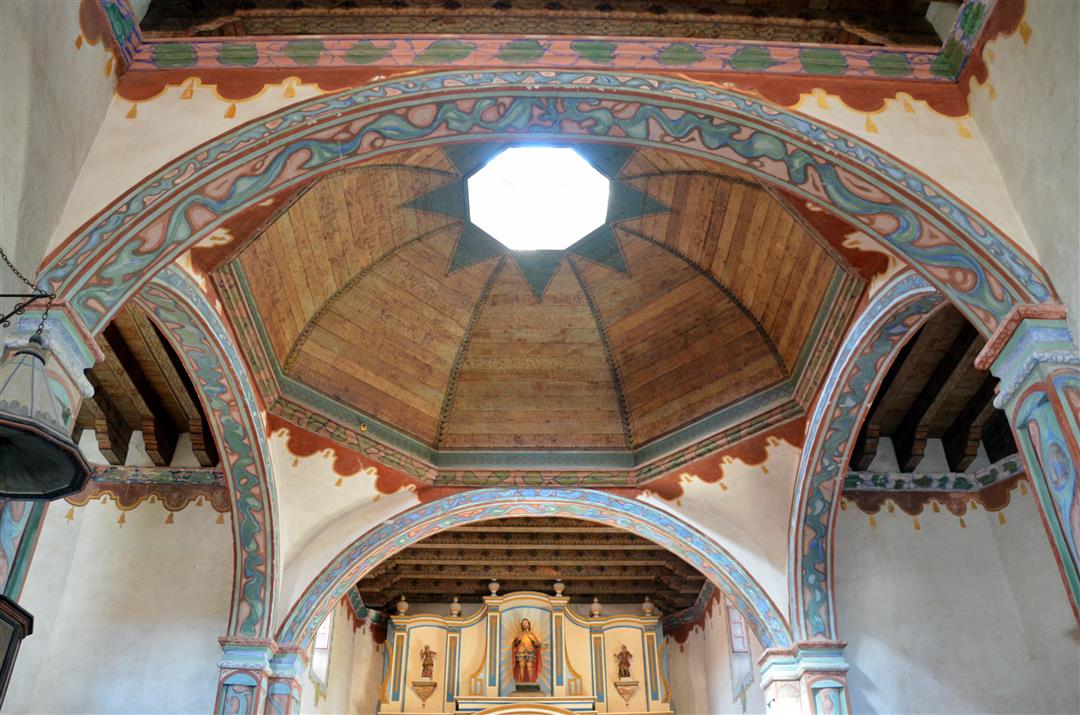
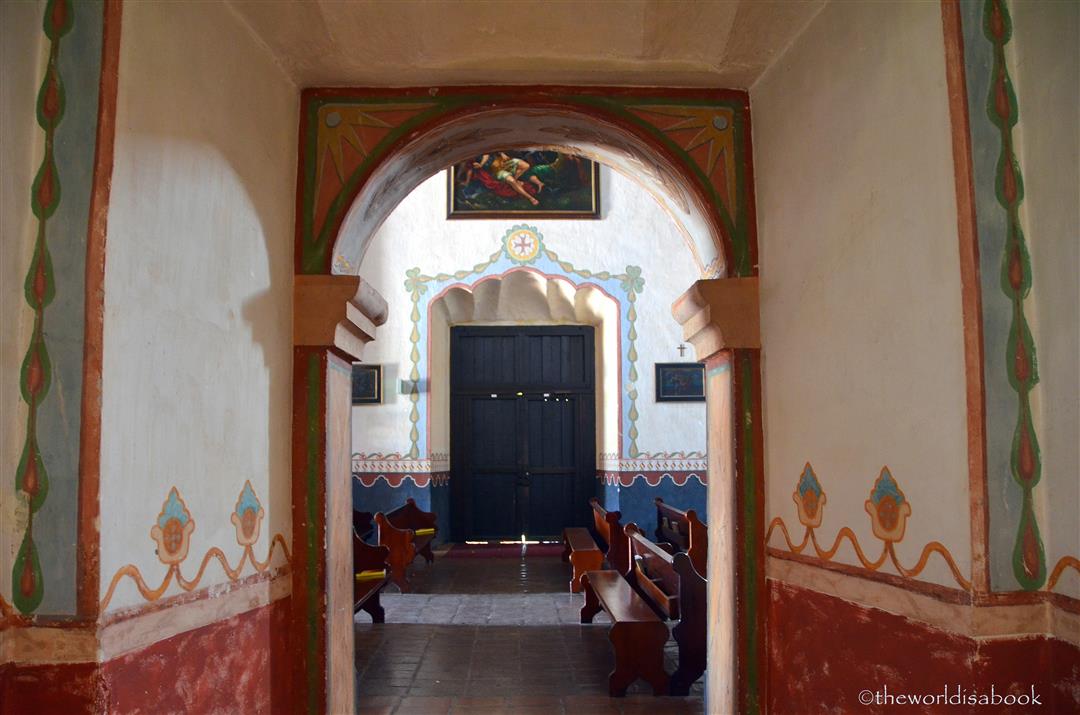
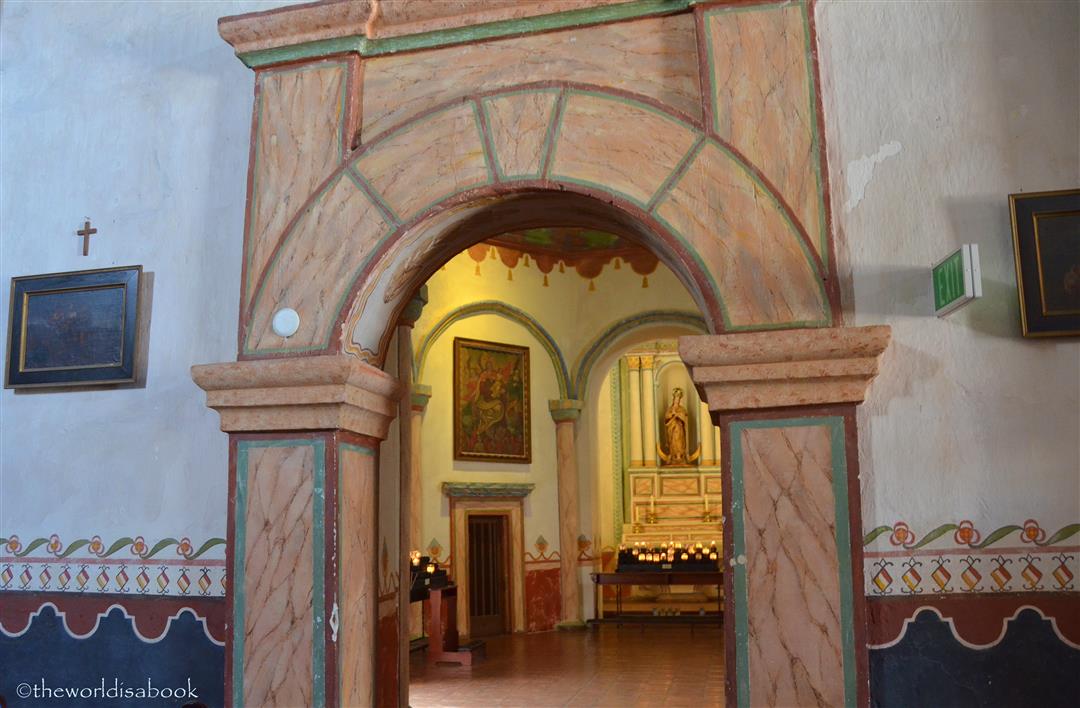



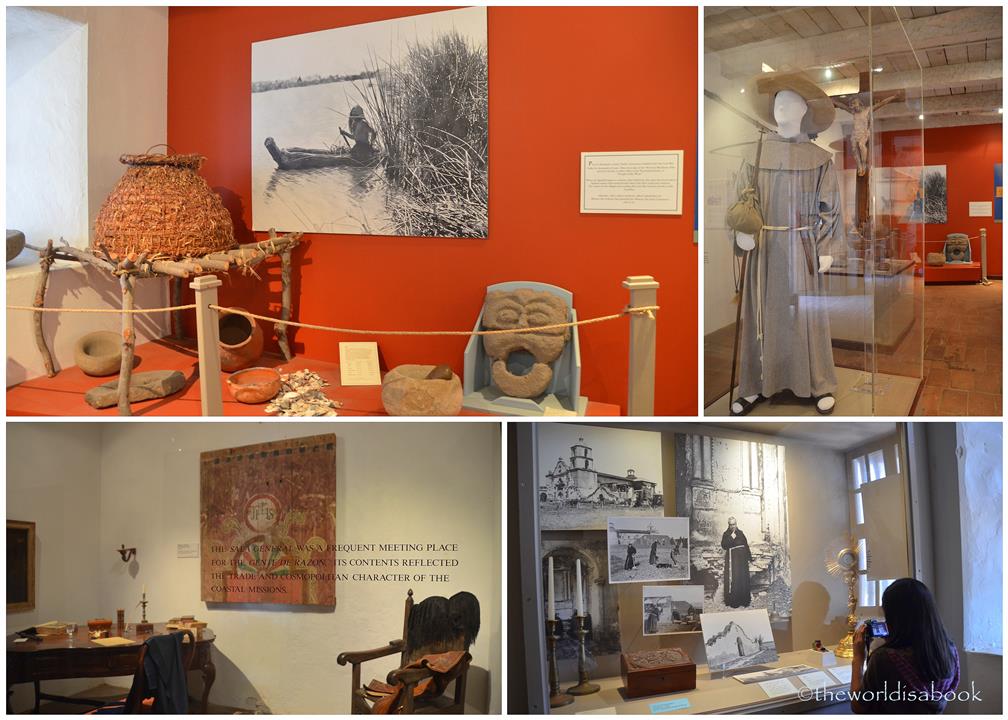
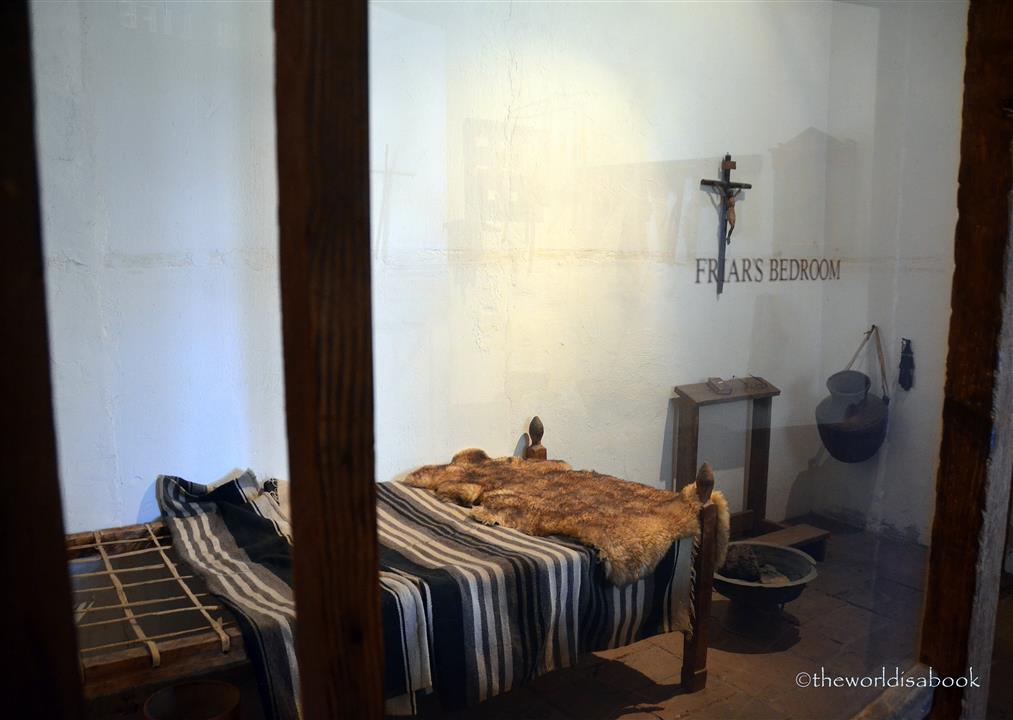








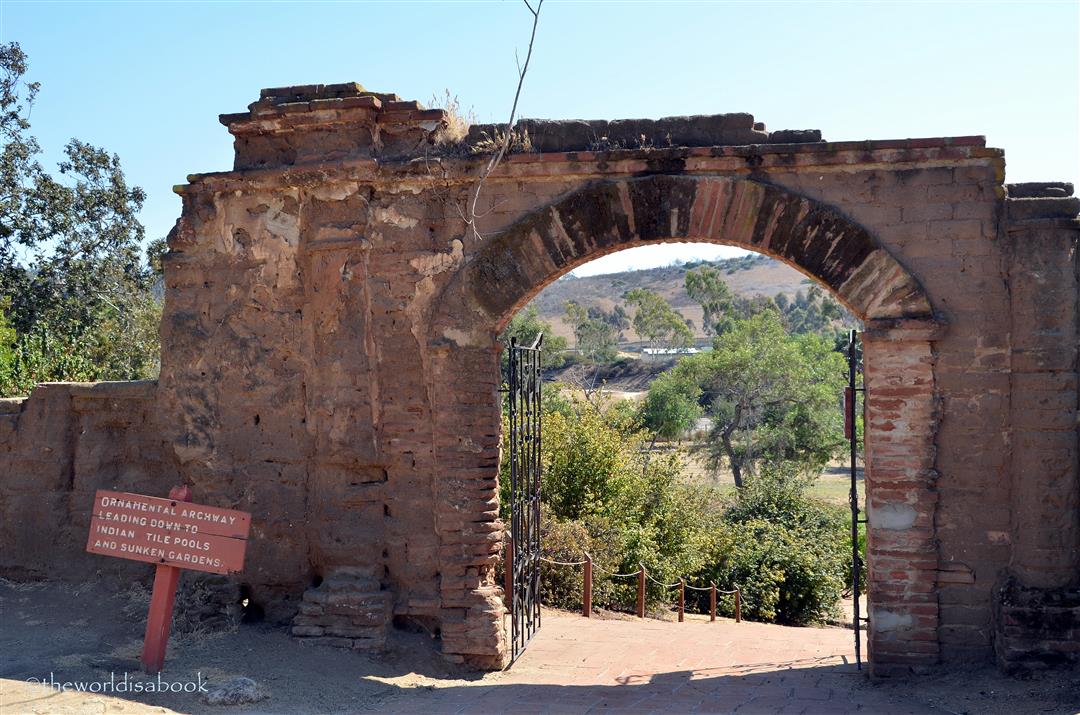



Great photos…
Beautiful photos, Mary! I love that water fountain.
Thanks Salika! The fountain is one of my favorite parts of this mission.
I love this post! I bought a Groupon the other week for Mission San Juan Capistrano and will be visiting in November. I’ll be honest, I live about 2 hours from San Diego and have never though to visit Mission San Luis Rey. Your pictures are gorgeous and after reading this post, I’ll be sure to stop here next time I’m in the San Diego area. Thank you so much for sharing!
Happy travels :)
Thanks Lauren! It took me awhile to visit the missions too and we didn’t get too interested in them until my daughter started studying them 2 years ago. Mission San Juan Capistrano is so pretty especially the gardens.
One of the items on my list is to do a mission drive and hit all the missions in one fail swoop. My mother-in-law lives in San Francisco, so I think we could take a week and do all of them. I love the architectural details in your photos. Gorgeous!
Thanks Corinne! Visiting all the missions is one of my daughter’s travel wish list. Your idea sounds great and sounds like an awesome trip. Hope you get to do this soon.
Thanks for reminding me how beautiful these missions are, Mary, and that I still have to see them!
If my church looked like this, I’d want to be there 7 days a week!
Thanks Marcia! This church actually has quite a few volunteers on a daily basis so I’m sure they feel the same way as you :)
What a beautiful church.
It is..thanks Lance!
This is also one of my favorite missions, thanks for taking us on a wonderful tour!
Thanks Noel. I’m glad you’ve visited this mission.
I like the kitchen best. :)
Wonder why, Bob :)
You’re right that this mission is overlooked by tourists. I didn’t know about it at all until your post and I’ve been to several mission, including Mission San Diego de Alcala, the first of the chain right there in San Diego. Of course, that was a long time ago. Mission San Luis Rey looks very deserving of a visit. It looks quite beautiful and has such rich history.
I’m glad to introduce this mission to you, Cathy. It really is too bad that not many people know about it. Mission San Diego is much more known because of its location.
Magnificent in every aspect, the beauty overwhelming. It’s so interesting that the skull and crossbones are used. I think of cemeteries in the realm of angels. All the architecture in the church is stunning–would love to sit in one of those pews.
Ann
Gorgeous pictures! I love visiting old missions and churches,. I love the inside of that church..Christine
Love this! One of my goals is to visit all of the california missions. I’m not at all close to completing that goal however :) Thanks for sharing and I love to photographs. I didn’t realize how beautiful they actually are.
What an amazing place. I never realized how huge the missions were.
Thank you for being a part of “Oh, the PLACES I’ve been!”
– The Tablescaper
I’ve got a fourth grader this year & look forward to touring some of our local missions. Thanks for sharing some insight on this beauty.
I hope you make it down here for the mission project, Debi. And I hope your son becomes more interested in the California Missions.
I’ve been to San Diego a few times, and you’re right about it not showing up on travelers’ radars. This is the first I’ve heard of it. It must be so interesting to attend mass here. I like the beautiful décor in the church and especially that cupola. Do the friars that still live there wear the traditional grey habits?
I hope you get to visit when you come down to San Diego, Michele. It is very interesting to go to mass here. The friars that live here wear the brown habits now instead of the grey.
I love the Missions of the old southwest. Your photos are stunning, I love the angle and framing in the second one in particular. This reminds me of the one we visited last fall outside Tucson and makes me want to see more of them.
What great places to visit. I love the different details inside the church. The ceiling well is gorgeous, and I love the baptismal font.
It looks so beautiful! My only regret from our one trip to San Diego is that we ran out of time and I wasn’t able to see any of the missions. On a return trip it will be my #1 thing to do – this looks like the mission to start with. Love the photo of your daughter on the stairs – beautiful setting, beautiful girl!
Marvellous, what an enjoyable read and also a great set of photos. You took me all the way there from Sydney and I thoroughly enjoyed my visit. Thanks, I didn’t know about this place with its beautiful Spanish architecture.
It is one of those places you seem to know so well from the movies. Fascinating. And I really love that arcade with the raw wood ceiling.
Hi Mary,
Thanks again for linking up and tweeting Travel photo Mondays, appreciate it…yes do visit Sonoma in fall timeframe the colors of the grapevines changing colors and warm late summer days is fantastic. I would love to re-visit many of the wonderful missions like Santa Barbara again!
This mission is absolutely gorgeous! It takes me back to childhood when we used to visit the missions on field trips. I remember stomping around the mud to learn how they made bricks for the building :) What a great example of the Spanish architecture I loved growing up in California.
So much history. I’d love to visit. The picture of the Friar’s Bedroom reminded me to count my blesings when it comes to having a comfortable bed!
What some history and thank you for taking us to these wonderful missions. I really do feel as if I’d like to get up and go!
Interesting story about this mission! So much to see in California…
This is one place I never thought of visiting but now you made me want to go! :)
Loved the picture of your daughter with the camera! Looks like she is getting ready for the next generation of travel blogging photography ;)
It’s amazing for having a father who taught history for 30 years, living in California, yet we never made it down to explore the southern coastal parts of the state. There is a phenomenal amount of history as your post points out and so much gorgeous architecture. Great post and I loved the pictures, Mary! :)
Sean Jestand is dumb